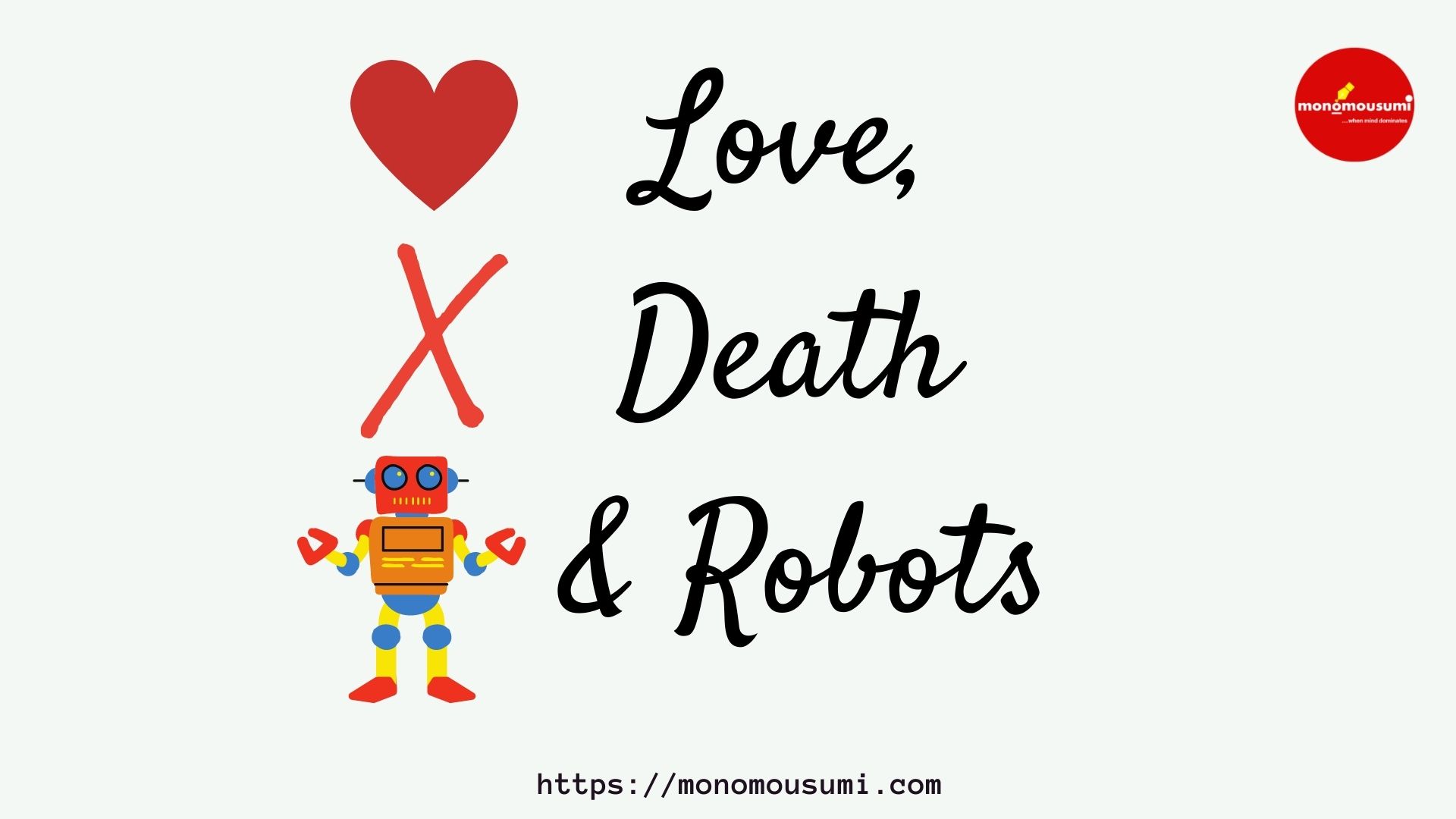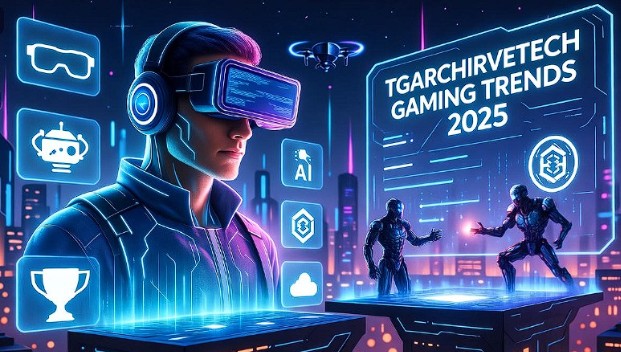
As a child, I used to think of robots as our future companions. In my imagination, their relationship with humanity was that of a friendship. Growing up, I witnessed how our relationship with robots changed over time in pop culture. From a friendly companion to being used as something to juxtapose our sense of humanity. To be robotic was to be emotionless; to be robotic was to be non-creative; to be robotic was to be precise. And it seems like humanity was too much in love with its own flaws because to be robotic was to be not human. And in that moment, instead of bringing robots towards humanity, humanity moved away from them or at least that was our perception.
I think pop culture is a very elegant tool to identify our perception towards any subject. It reflects our collective consciousness. And it might also be a very useful tool to approximate the direction we’ll take with respect to synthetic life. And this starts a loop which folds back onto itself like a Mobius Strip with life imitating art, and then art imitating life and it goes on and on. So, art is a good medium to interact with a possible future. This means that how we go about robots very well depends on our interaction with synthetic life in pop culture. In this way, the artists and auteurs are really the designers of the future.
While our perception of robots was that of something lesser than humans, we started using them accordingly. Ironically, they are superior to us, at least with repetitive procedural work. As we started associating them with every mechanical work; then, to be mechanical was to be non-human (Notice that the action is informing the perception and this folds back onto itself to decide future actions). And when we ripped out the last bit of humanity out of robots, we employed them as tools for enhanced productivity in our factories. Although they did replace their human counterparts, they were considered nothing but metalheads required to make human effort obsolete. And from this point on, they were made with the purpose of functionality rather than in the image of their creator.
Perhaps, that was also the point where we let go of the physical aspect of synthetic humanity and started focussing on its “soul”: the ball of light that is the source of its intelligence and consciousness. I believe every generation uses the tool at its disposable to understand their own reality and existence. And possibly, humanity is using robotics for the same. But in this quest, we are faced with the question of what makes humanity so humane? And probably in search of that, we have developed these black-box concepts like consciousness and soul; some emergent or inherent quality which we have not quite put our fingers on, yet. And I think that’s where Artificial Intelligence comes into picture. It is essentially humanity’s search for its soul.
We don’t know who our creator is, or the source of our consciousness; but we believe that the creator of synthetic life would look something like a software engineer, and the material of its soul would be lines of programming code. Perhaps, they’ll be the ones to actually see the Matrix.
Now, tracing our relationship with synthetic intelligence along pop culture, we have films like The Matrix, 2001: A Space Odyssey, Dune, and obviously The Terminator where the synthetic posterity deems it better to get rid of humanity. And in that moment of self-reflection, we could almost hear our conscience speak to us that perhaps humanity is not capable of redemption for its past malevolence against itself. Here, our collective consciousness in pop culture is committing some Orwellian doublethink because there are works like WALL-E, Interstellar, and Transcendence where we successfully romance the technology, and even literally in case of the film ‘Her’. These are the places where we circle back to my childhood where humanity and our silicon-based counterparts have found a reality of co-existence and quite intimately in case of ‘Transcendence’.
In the present moment, I find myself more familiar with the latter. Silicon forms have found a place close to our hearts, even if it is with the help of pacemakers, and they have captured our imaginations, quite literally in the case of Neuralink. We are already married to our Black Mirrors, these so-called smartphones. Our engagement with technology seems to be an intimate one. And as I type this, I realize that this document is becoming an extension of my thoughts, ergo an extension of myself, and it will live in the bowels of the internet, which is the closest possible thing to a synthetic consciousness. At this point, the lines between Carbon and Silicon are getting really blurry.
By Shailesh Dagar
Participate in Creative writing Contest & International Essay Contest and win fabulous prizes.


